




Disclaimer: Copyright infringement not intended.
Forest and land fire management learnings from Indonesia and Peru that included community empowerment will pave way for new guidelines of tropical forest fire management.
It is an intergovernmental organization that promotes conservation of tropical forest resources and their sustainable management, use and trade.
The organization was established under the International Tropical Timber Agreement (ITTA), which was sponsored by the United Nations Conference on Trade and Development and was ratified in 1985.
Its mandate was renewed by the International Tropical Timber Agreement, in 1994 and again by the International Tropical Timber Agreement, in 2006.
To promote sustainable management and legal harvesting of forests that produce tropical timber, and to promote expansion and diversification of international timber trade from these forests.
The governing body is the International Tropical Timber Council (ITTC). Half the votes on the ITTC are assigned to producing countries and half to consumers. Within each block, votes are assigned based on market share.
A wildfire, forest fire, or bushfire is an unplanned, uncontrolled and unpredictable fire in an area of combustible vegetation.
Depending on the type of vegetation present, a wildfire may be more specifically identified as a bushfire (in Australia), desert fire, grass fire, hill fire, peat fire, prairie fire, vegetation fire, or veld fire. Some natural forest ecosystems depend on wildfire.
Wildfires are different from controlled or prescribed burning, which are carried out to provide a benefit for people. Modern forest management often engages in prescribed burns to mitigate fire risk and promote natural forest cycles.
Natural causes: Natural occurrences that can ignite wildfires without the involvement of humans include lightning, volcanic eruptions, sparks from rock falls, and spontaneous combustions.
Human activity: Sources of human-caused fire may include arson, accidental ignition, or the uncontrolled use of fire in land-clearing and agriculture such as the slash-and-burn farming in Southeast Asia. In the tropics, farmers often practice the slash-and-burn method of clearing fields during the dry season.
It is estimated that the proportion of forest areas prone to fire annually ranges from 33% in some states to over 90% in others.
The Forest Survey of India (FSI) estimated that about 50% of the forest area of the country is fire prone. It is estimated that about 3.73 million ha.
Moderately dense forests recorded 43 per cent of the total forest fire incidents. The highest number of forest fire incidents occurred in tropical dry deciduous forests, followed by tropical moist deciduous forests and tropical semi-evergreen forests.
The report determines that 15 per cent of the land in the country is prone to forest fires.
According to data collected in the report, Madhya Pradesh (38), Uttar Pradesh (28) and Maharashtra (26) had the most districts vulnerable to forest fires.
Record-setting Forest fires are becoming the norm, with 2020, 2021, and 2023 marking the fourth, third, and first worst years for global forest fires, respectively.
Nearly 12 million hectares — an area roughly the size of Nicaragua — burned in 2023, topping the previous record by about 24%.
Extreme wildfires in Canada accounted for about two-thirds (65%) of the fire-driven tree cover loss last year and more than one-quarter (27%) of all tree cover loss globally.
Defensible Space: Create a buffer zone around homes by clearing vegetation and combustible materials to slow or stop wildfire spread.
Fuel Management: Reduce flammable vegetation, thin tree canopies, and remove dead wood to lower fire intensity and spread.
Controlled Burns: Intentionally set fires under controlled conditions to consume flammable materials and reduce wildfire risk.
Firebreaks and Vegetation Gaps: Use natural features (rivers) or man-made features (roads) to interrupt wildfire progress.
Building Design: Use fire-resistant materials and implement fire-safe landscape designs to reduce fire spread.
Emergency Planning: Develop clear evacuation routes and communication protocols to ensure swift action in emergencies.
Community Education: Educate residents on wildfire risks and how to reduce and respond to them effectively.
Early Detection Systems: Improve systems to detect wildfires early, enabling rapid response to limit their impact.
Two forest fire management projects, funded by Japan, provided valuable insights into sustainable practices in tropical forests. These initiatives were presented during the 60th ITTO Council in Japan.
Key activities included:
Training local communities in zero-burning methods.
Establishing eight demonstration sites for clearing farmland without burning.
Enhancing the capacity of local fire brigades.
Developing a nationwide monitoring and reporting system for fire prevention patrolling.
Training over 200 volunteer fire brigade members.
Improving coordination among national, regional, and local authorities.
Empowering indigenous and local communities as agents of change.
Enhancing government agencies' forest fire management capacity.
Incorporating forest fire risk mitigation into forest management strategies in fire-prone regions would help protect forest carbon, create jobs and support rural communities at the same time.
READ ABOUT:
https://www.iasgyan.in/daily-current-affairs/international-tropical-timber-council-ittc
Wildfire Air Pollution: Causes, and Mitigation Strategies
India's forest fire worsening as summer approaches
Source:
|
PRACTICE QUESTION Q.Discuss the challenges and strategies in forest fire management in India. How can integrating traditional knowledge and advanced technologies enhance the effectiveness of forest fire prevention and mitigation efforts? (250 words) |
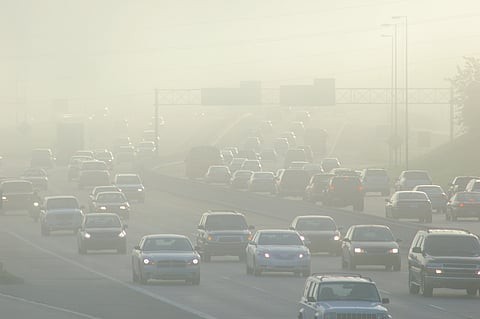
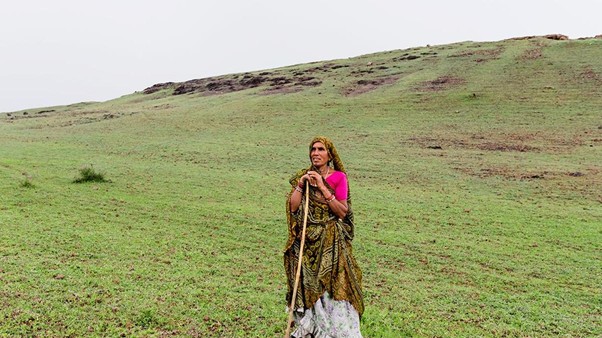
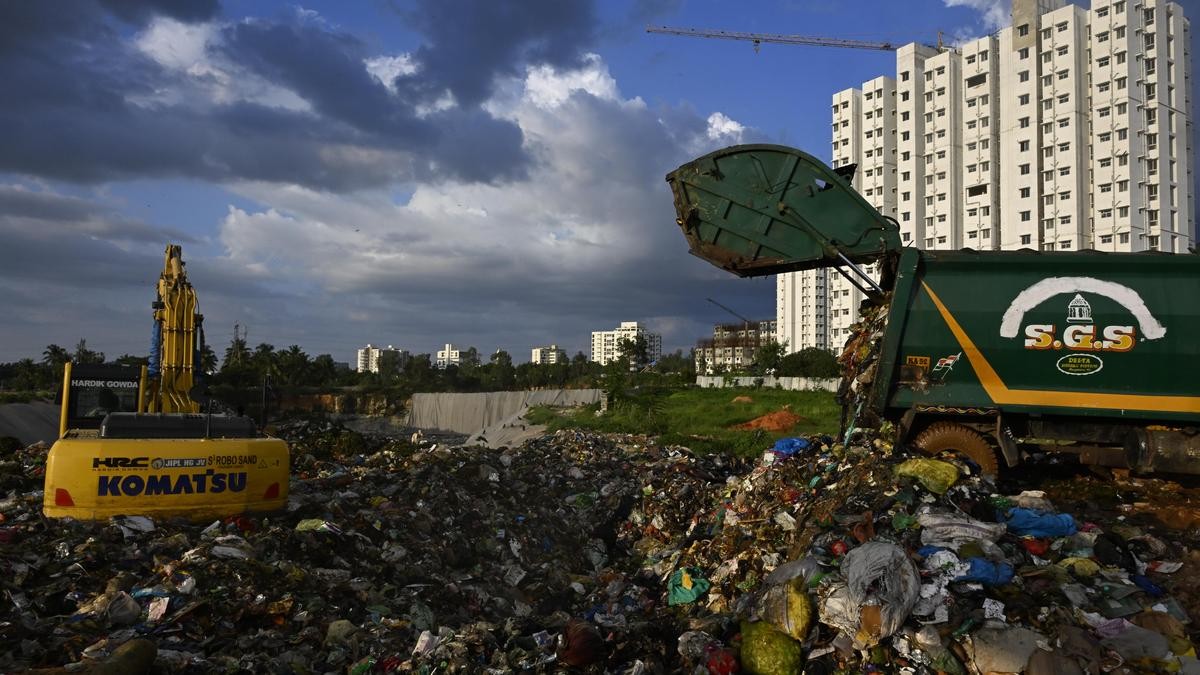
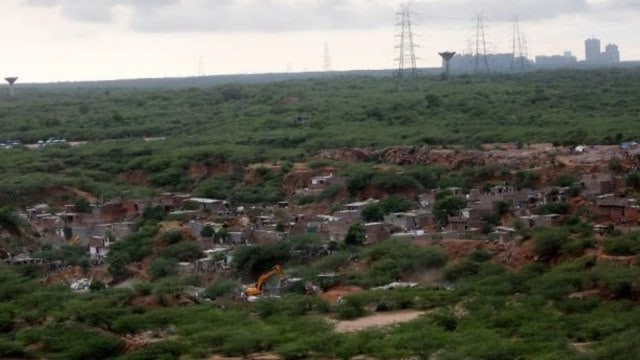

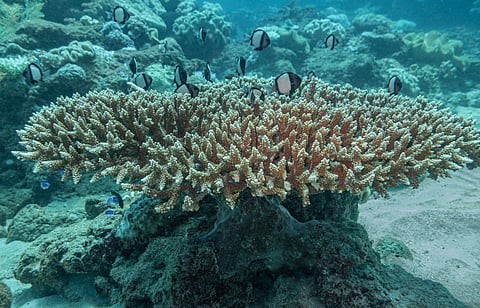

© 2025 iasgyan. All right reserved